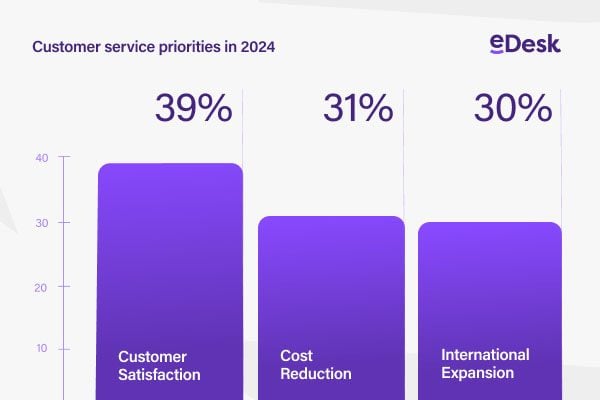In this guest post today, Bobbie Ttooulis, Group Marketing Director, GFS, takes a look at the hurdles retailers need to jump to get their delivery operations in shape for 2022.
When it comes to modern retail, delivery poses to be the greatest hurdle — especially when you sell online.
Delivery is a big part of a positive buyer experience and what adds to the complexity and challenges is the marketing and sales functions aggressively expanding reach to larger audiences.
While it does have a great impact to bring in new customers and surge sales — it corners the people managing the pick, pack, and despatch to deliver true on the tall promises made by the social media posts and digital ads.
So when it comes to actual showtime — what can the delivery manager do to take upon themselves this mammoth task of managing deliveries of the rapidly growing multi-channel and multi-market sales?
Let’s dive in!
1) Roadblocks Ahead: Operational Constraints & Scalability
Some glaring factors that have landed a major blow on the supply chain across industries are lack of resources in the labour market even post-peak, impact on supply from Covid-19 and the Ukraine conflict, rising fuel prices, and overall delays. This is all adding up to inflate the operational cost base.
While some of these bottlenecks have been unclogged, there’s still lots for operations to catch up to fulfil pent-up demand.
Operations need to pad up and prepare for the worst, brace for the unpredictable, and be well placed with flexible delivery options at hand. How?
An open approach toward automation is important in 2022 to increase operational efficiency and scalability. Ever-increasing shipping complexities will eventually lead to (or probably already is) burnout for the warehouse ops caused by juggling multiple technology integrations and cost overheads that impact overall operational efficiency. Switching to a single, multi-carrier partner who can offer choice, buying power, and match growing consumer demands with a wide breadth of delivery partners is the way forward.
2) Pick n’ Mix: The Right Carrier Mix for the Right Market
One of the biggest challenges that must be overcome is the constraints around flexibility with delivery across multiple markets.
Those in delivery operations will agree that the day-to-day drama is so high, there often isn’t much bandwidth to identify the best carriers in the different lanes that can give them the most efficiency and value for money. But even if these carriers are identified — things come to a standstill here as there is lack of buying power what with diluted budgets spread thin across carriers.
The need of the hour and also the long-term roadmap should include visibility and accessibility to a range of carriers and services in both global and local markets. It is vital to have first-hand access to expertise that understands not just the best-performing carriers in various lanes, but also the delivery preferences and attitudes of region-specific customers, and tailoring delivery accordingly.
A ‘one size fits all’ delivery service will only get you so far — it’s going the extra mile at the final mile to tailor delivery that will bring those loyal customers and 5-star Trustpilot reviews.
3) Using the ‘Help’ Button: Accepting the Need for Intervention
Understanding the complexities of shipping and actually having the expertise to deal with this massive wave of challenges are two different things. Delivery is going to continue getting harder as competition rises, consumer demands and expectations keep stacking up, and the need for a slick, integrated system becomes inevitable.
As more delivery operations across businesses realise the complexity and cost involved, many have become savvy by partnering with a single multi-carrier service offering the flexibility, contingency, and breadth of choice across markets. This means one point of contact, simplicity of a single integration, competitive prices with only the most efficient carriers, and power to equip consumers with choice. The faster eCommerce businesses understand this, the quicker they can create watertight delivery systems from first to final mile.
In a time where eCommerce businesses are expanding rapidly at a multi-channel, multi-market level globally, how are Operations Managers faring to scale their fulfilment and delivery strategy to support business growth?
And how can they simultaneously achieve the speed, accuracy, and flexibility today’s end customers expect from a best-in-class online shopping experience – no matter which channel or part of the globe they are buying from?
Join GFS and Mintsoft for a webinar on ‘BUILDING ROBUST AND SCALABLE FULFILMENT & DELIVERY OPERATIONS for multi-channel, international growth’ where their experts will identify the critical risks and challenges facing today’s eCommerce operations. More importantly, there will be a demo walkthrough on how you can overcome these with the seamless integration of technology and physical services for a flexible, resilient, and scalable eCommerce fulfilment and delivery solution.
Wednesday, 20th July 2022 | 11:00am UK
Registrants ONLY Offer: Free Diagnostics Toolkit! Includes a Delivery Audit and Fulfilment Audit tailored for your business.
Register Now









